Home>Articles>What Weather Instrument Is Used To Measure Relative Humidity And Dewpoint?
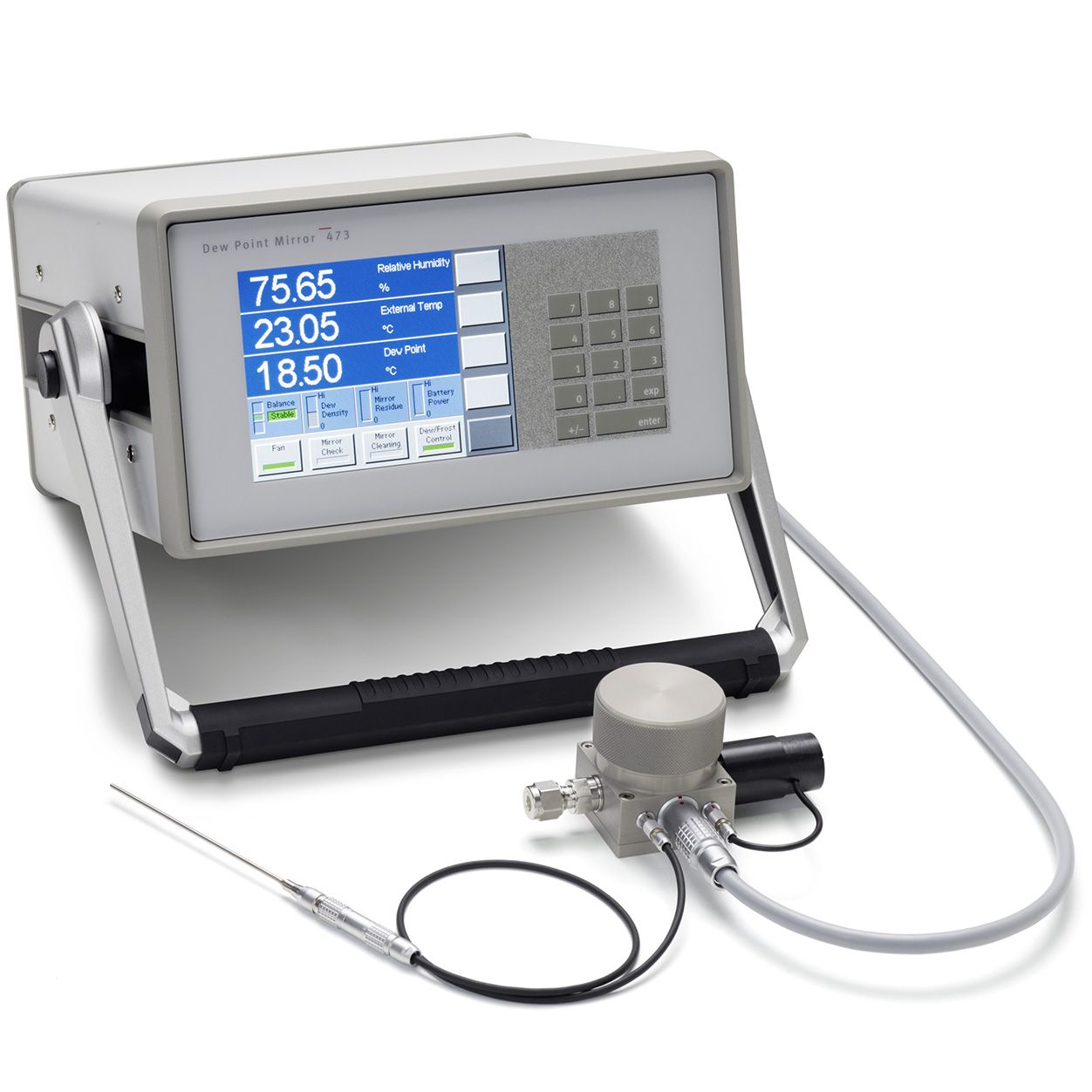

Articles
What Weather Instrument Is Used To Measure Relative Humidity And Dewpoint?
Modified: August 20, 2024
Learn about the weather instrument used to measure relative humidity and dewpoint in informative articles that cover the topic in depth.
(Many of the links in this article redirect to a specific reviewed product. Your purchase of these products through affiliate links helps to generate commission for Storables.com, at no extra cost. Learn more)
Introduction
Weather is an ever-present force that impacts our daily lives. Understanding and measuring the various aspects of weather is crucial for planning outdoor activities, agriculture, aviation, and even predicting natural disasters. Two important measurements in meteorology are relative humidity and dewpoint. These measurements provide insights into the moisture content in the air and play a significant role in studying atmospheric conditions.
In this article, we will explore the importance of measuring relative humidity and dewpoint and discuss the weather instruments employed for these measurements. By gaining a better understanding of these instruments, we can appreciate the science behind weather forecasting and make more informed decisions based on the weather conditions.
Let’s dive into the fascinating world of meteorology and uncover the instruments used to measure relative humidity and dewpoint.
Key Takeaways:
- Understanding relative humidity and dewpoint is crucial for weather forecasting, agriculture, aviation, health, and climate research. Specialized instruments like hygrometers and psychrometers play a vital role in accurately measuring these parameters.
- The choice of weather instruments for measuring relative humidity and dewpoint depends on factors such as accuracy, cost, and application. Accurate measurements enable informed decision-making across various industries and scientific fields.
The Importance of Measuring Relative Humidity and Dewpoint
Relative humidity and dewpoint are interlinked measures that provide essential information about the moisture content in the air. Understanding these parameters helps meteorologists identify patterns, predict weather changes, and assess climatic conditions.
Relative humidity is the measure of the amount of moisture in the air compared to the maximum amount the air could hold at that temperature. It is expressed as a percentage. High relative humidity indicates that the air is holding a significant amount of moisture, whereas low relative humidity implies dry air.
Dewpoint, on the other hand, represents the temperature at which the air must cool down to reach saturation, causing condensation to occur. Dewpoint is a crucial measure when it comes to predicting fog, dew, and even the likelihood of precipitation. It is expressed in degrees Celsius (or Fahrenheit) and provides valuable insights into the moisture levels in the atmosphere.
Key Takeaways:
- Understanding relative humidity and dewpoint is crucial for weather forecasting, agriculture, aviation, health, and climate research. Specialized instruments like hygrometers and psychrometers play a vital role in accurately measuring these parameters.
- The choice of weather instruments for measuring relative humidity and dewpoint depends on factors such as accuracy, cost, and application. Accurate measurements enable informed decision-making across various industries and scientific fields.
The Importance of Measuring Relative Humidity and Dewpoint
Relative humidity and dewpoint are interlinked measures that provide essential information about the moisture content in the air. Understanding these parameters helps meteorologists identify patterns, predict weather changes, and assess climatic conditions.
Relative humidity is the measure of the amount of moisture in the air compared to the maximum amount the air could hold at that temperature. It is expressed as a percentage. High relative humidity indicates that the air is holding a significant amount of moisture, whereas low relative humidity implies dry air.
Dewpoint, on the other hand, represents the temperature at which the air must cool down to reach saturation, causing condensation to occur. Dewpoint is a crucial measure when it comes to predicting fog, dew, and even the likelihood of precipitation. It is expressed in degrees Celsius (or Fahrenheit) and provides valuable insights into the moisture levels in the atmosphere.
Measuring relative humidity and dewpoint is vital for a variety of reasons:
- Weather Forecasting: Relative humidity and dewpoint measurements are key inputs in weather models used by meteorologists to forecast future weather conditions. The data obtained helps determine the likelihood of cloud formation, precipitation, and the overall stability of the atmosphere.
- Agriculture: Monitoring relative humidity and dewpoint is crucial for farmers as it helps them plan their irrigation schedules and prevent diseases in crops. Plants have specific temperature and humidity requirements, and deviations from optimal levels can impact their growth and health.
- Health and Comfort: High humidity levels can lead to discomfort and can exacerbate respiratory conditions. By measuring relative humidity and dewpoint, we can assess the indoor air quality and make adjustments, such as using dehumidifiers or air conditioning, to create a more comfortable living environment.
- Aviation: Pilots and air traffic controllers rely on accurate measurements of relative humidity and dewpoint to ensure safe flying conditions. This information helps determine the risk of fog, ice formation on runways, and the presence of other atmospheric hazards that can impact aircraft performance.
- Climate Studies: Long-term measurements of relative humidity and dewpoint help scientists understand climate patterns and trends. This information is crucial for studying regional and global climate change, as well as assessing the impact of human activities on the environment.
In summary, measuring relative humidity and dewpoint plays a critical role in weather forecasting, agriculture, health considerations, aviation safety, and climate research. These measurements provide valuable insights into the moisture content of the air and help us make informed decisions related to various aspects of our lives.
Weather Instruments Used to Measure Relative Humidity
Accurately measuring relative humidity requires specialized weather instruments designed to capture and quantify the moisture content in the air. Several instruments are commonly used for this purpose:
- Hygrometer: The hygrometer is the most common instrument used to measure relative humidity. It utilizes various principles, such as hair tension, capacitance, or wet/dry bulb temperature, to determine the amount of moisture present in the air. The readings are then converted into a percentage to represent the relative humidity level.
- Psychrometer: A psychrometer is a specific type of hygrometer used to measure relative humidity by comparing the temperature and humidity of the air. It consists of two thermometers: a wet bulb thermometer covered with a wet cloth and a dry bulb thermometer. As the water evaporates from the wet bulb, it cools the thermometer, and the difference in temperature between the wet bulb and dry bulb provides an indication of the relative humidity.
- Dewpoint Hygrometer: This instrument calculates both the temperature and the dewpoint to determine the relative humidity. By cooling an external mirror surface until dew or frost forms, the dewpoint temperature is acquired. Comparing the cooled mirror temperature with the actual temperature of the air allows for the calculation of the relative humidity.
- Electronic Hygrometer: Electronic hygrometers use sensors, such as capacitive or resistive elements, to measure relative humidity. These instruments provide accurate and precise readings and are commonly found in weather stations and digital weather devices.
- Infrared Hygrometer: Infrared hygrometers employ the principle of absorption of infrared radiations by water molecules to measure relative humidity. They emit infrared light and detect the amount of light absorbed by the water molecules in the air, providing a measure of the humidity level.
Each type of instrument has its advantages and disadvantages, such as accuracy, cost, and portability. The choice of instrument depends on the specific requirements, availability, and the level of accuracy required for the measurements.
With these weather instruments, meteorologists and weather enthusiasts can accurately gauge the relative humidity, which is essential for various applications in meteorology, agriculture, and everyday life. These instruments enable us to monitor changes in humidity levels, predict weather patterns, and contribute to a better understanding of our environment.
A hygrometer is used to measure relative humidity, while a psychrometer is used to measure dewpoint. Both instruments are essential for understanding and predicting weather conditions.
Instruments Used to Measure Dewpoint
Dewpoint is a critical parameter in meteorology and various industries, as it provides valuable insights into the moisture levels in the air. Several instruments are employed to measure the dewpoint accurately:
- Dewpoint Hygrometer: As mentioned earlier, a dewpoint hygrometer is an instrument that measures both the temperature and dewpoint to determine the relative humidity. By cooling an external mirror surface until dew or frost forms, the dewpoint temperature is acquired. This instrument allows for precise measurements of the dewpoint temperature, which is crucial for understanding condensation and predicting fog formation.
- Chilled Mirror Hygrometer: The chilled mirror hygrometer is a highly accurate instrument for measuring the dewpoint temperature. It uses a surface, typically a mirror, that is chilled until dew or frost forms. The temperature at which condensation occurs is measured to obtain the dewpoint temperature. This type of hygrometer provides precise readings and is commonly used in laboratories and industrial settings.
- Precision Psychrometer: While the primary purpose of a precision psychrometer is to measure relative humidity, it can also be used to estimate the dewpoint temperature. By comparing the dry bulb and wet bulb temperatures, the dewpoint can be determined using specialized calculations or reference tables.
- Electronic Dewpoint Sensor: Electronic dewpoint sensors utilize various technologies, such as capacitive or resistive elements, to measure the dewpoint temperature. These sensors provide accurate and instantaneous readings, making them ideal for real-time monitoring in weather stations, industrial applications, and scientific research.
- Infrared Dewpoint Sensor: Infrared dewpoint sensors work on the principle of measuring the absorption of infrared rays by moisture in the air. These sensors emit infrared radiation and measure the amount of radiation absorbed by water molecules, providing an indication of the dewpoint temperature. Infrared sensors are often used in industrial and HVAC (Heating, Ventilation, and Air Conditioning) systems.
Each instrument has its advantages and limitations, including accuracy, cost, and complexity. The choice of instrument depends on factors such as the level of precision required, the working environment, and the intended application.
With the help of these instruments, meteorologists, scientists, and professionals in various industries can accurately measure the dewpoint temperature. This information is vital for predicting condensation, fog, frost, and other moisture-related phenomena. By understanding the dewpoint, we can make informed decisions and mitigate potential risks associated with moisture in the air.
Comparison of Relative Humidity and Dewpoint Instruments
When it comes to measuring relative humidity and dewpoint, there are various instruments available, each with its own characteristics and capabilities. Let’s compare the different instruments used for measuring relative humidity and dewpoint:
- Hygrometer vs. Psychrometer: Both the hygrometer and psychrometer are commonly used to measure relative humidity. However, the psychrometer provides more accurate readings because it takes into account the evaporative cooling effect of the wet bulb thermometer. While the hygrometer is easier to use and more portable, the psychrometer is preferred in more precise applications and research settings.
- Dewpoint Hygrometer vs. Chilled Mirror Hygrometer: Both instruments accurately measure the dewpoint temperature. The dewpoint hygrometer uses a mirror surface that is cooled until condensation occurs, while the chilled mirror hygrometer directly measures the temperature at which condensation forms. The chilled mirror hygrometer is generally considered more accurate but is often more expensive and requires calibration. The dewpoint hygrometer, on the other hand, is a more cost-effective option for most applications.
- Electronic Hygrometer vs. Infrared Hygrometer: Electronic hygrometers and infrared hygrometers are both widely used for measuring relative humidity. Electronic hygrometers use sensors such as capacitive or resistive elements to measure humidity, providing accurate and instantaneous readings. Infrared hygrometers, on the other hand, work by measuring the absorption of infrared radiation by moisture in the air. While both instruments can deliver accurate results, the electronic hygrometer is more commonly used in weather stations and digital devices, while the infrared hygrometer finds applications in industrial and HVAC systems.
- Dewpoint Hygrometer vs. Electronic Dewpoint Sensor: Both instruments are used to measure the dewpoint temperature. The dewpoint hygrometer calculates the dewpoint by cooling an external mirror surface until condensation forms, while electronic dewpoint sensors use various technologies to measure the dewpoint temperature directly. While the dewpoint hygrometer offers precise measurements, electronic dewpoint sensors provide instantaneous readings and are often more cost-effective.
When selecting an instrument for measuring relative humidity and dewpoint, factors such as accuracy, portability, cost, and the intended application should be considered. It’s important to choose an instrument that suits the specific requirements and provides the level of accuracy needed for the desired measurements.
Ultimately, whether it’s measuring relative humidity or dewpoint, having access to reliable instruments enables meteorologists, scientists, and professionals in various industries to obtain accurate data and make informed decisions based on the moisture content in the air.
Conclusion
Measuring relative humidity and dewpoint is crucial in understanding and predicting weather patterns, assessing climatic conditions, and making informed decisions in various industries. By using specialized weather instruments, meteorologists and professionals can accurately quantify the moisture content in the air, enabling them to gather valuable insights about the atmosphere.
The instruments used for measuring relative humidity include hygrometers, psychrometers, and electronic hygrometers, among others. These instruments provide readings in percentage, representing the amount of moisture present in the air compared to its maximum capacity at a given temperature.
For measuring the dewpoint temperature, dewpoint hygrometers, chilled mirror hygrometers, precision psychrometers, and electronic dewpoint sensors are commonly used. These instruments determine the temperature at which condensation forms, indicating the saturation point of the air and providing insights into moisture-related phenomena.
Each instrument has its own advantages and limitations, such as accuracy, cost, and portability. The choice of instrument depends on specific requirements and applications.
Accurate measurements of relative humidity and dewpoint have numerous applications across various fields. They are used in weather forecasting, agriculture, aviation, health considerations, and climate studies. These measurements help in predicting cloud formation, assessing plant health, ensuring aviation safety, promoting comfort in indoor environments, and understanding long-term climate trends.
Through advancements in technology and the availability of sophisticated instruments, we can obtain precise and real-time data on relative humidity and dewpoint. This allows for more accurate weather forecasts, more efficient farming practices, better indoor air quality control, safer aviation operations, and a deeper understanding of climate change.
In conclusion, the measurement of relative humidity and dewpoint is vital for understanding atmospheric moisture levels and their impact on various aspects of our lives. By utilizing the appropriate instruments and interpreting the data effectively, we can enhance our understanding of weather patterns, improve decision-making, and mitigate risks associated with moisture in the air.
Frequently Asked Questions about What Weather Instrument Is Used To Measure Relative Humidity And Dewpoint?
Was this page helpful?
At Storables.com, we guarantee accurate and reliable information. Our content, validated by Expert Board Contributors, is crafted following stringent Editorial Policies. We're committed to providing you with well-researched, expert-backed insights for all your informational needs.
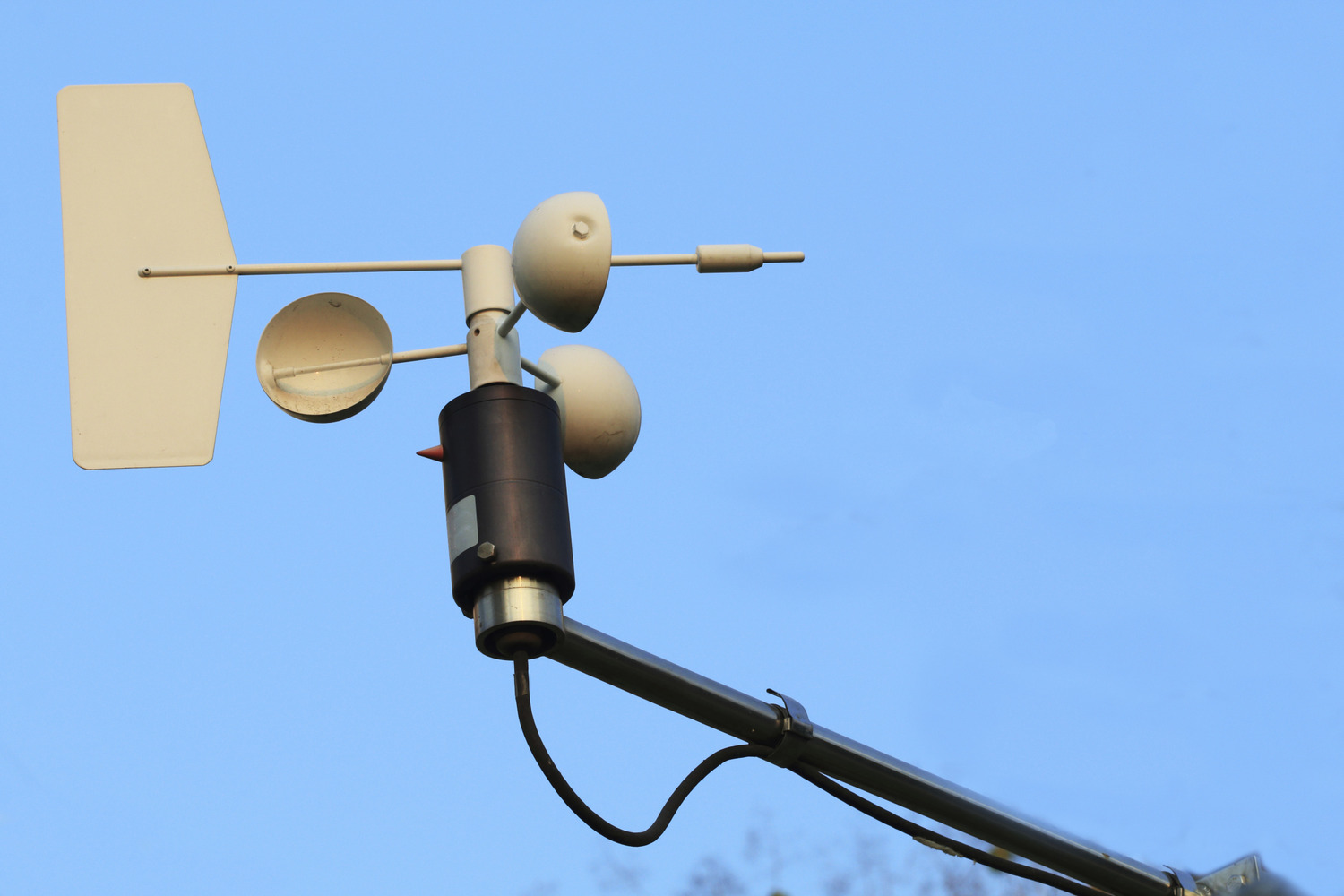
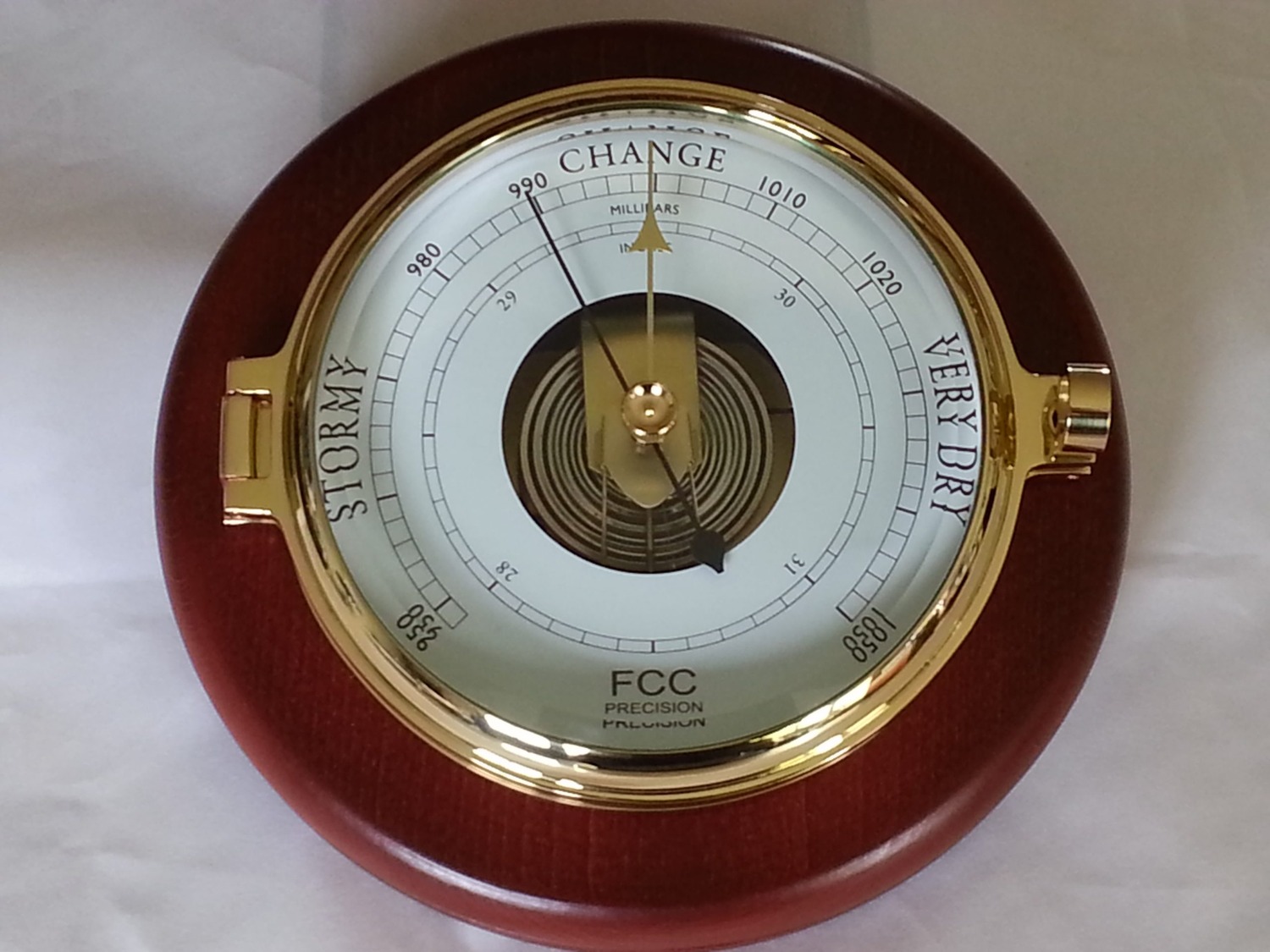
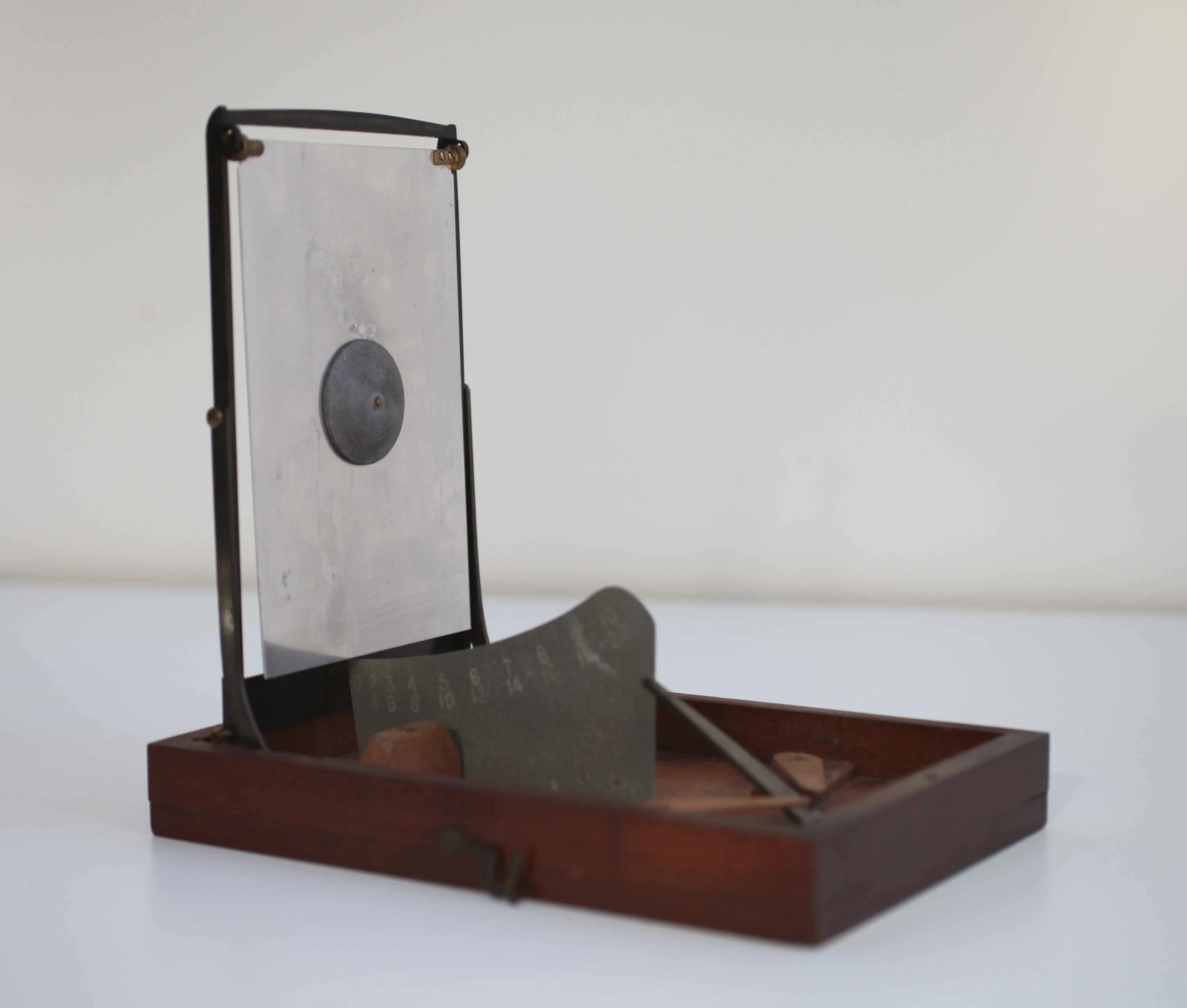
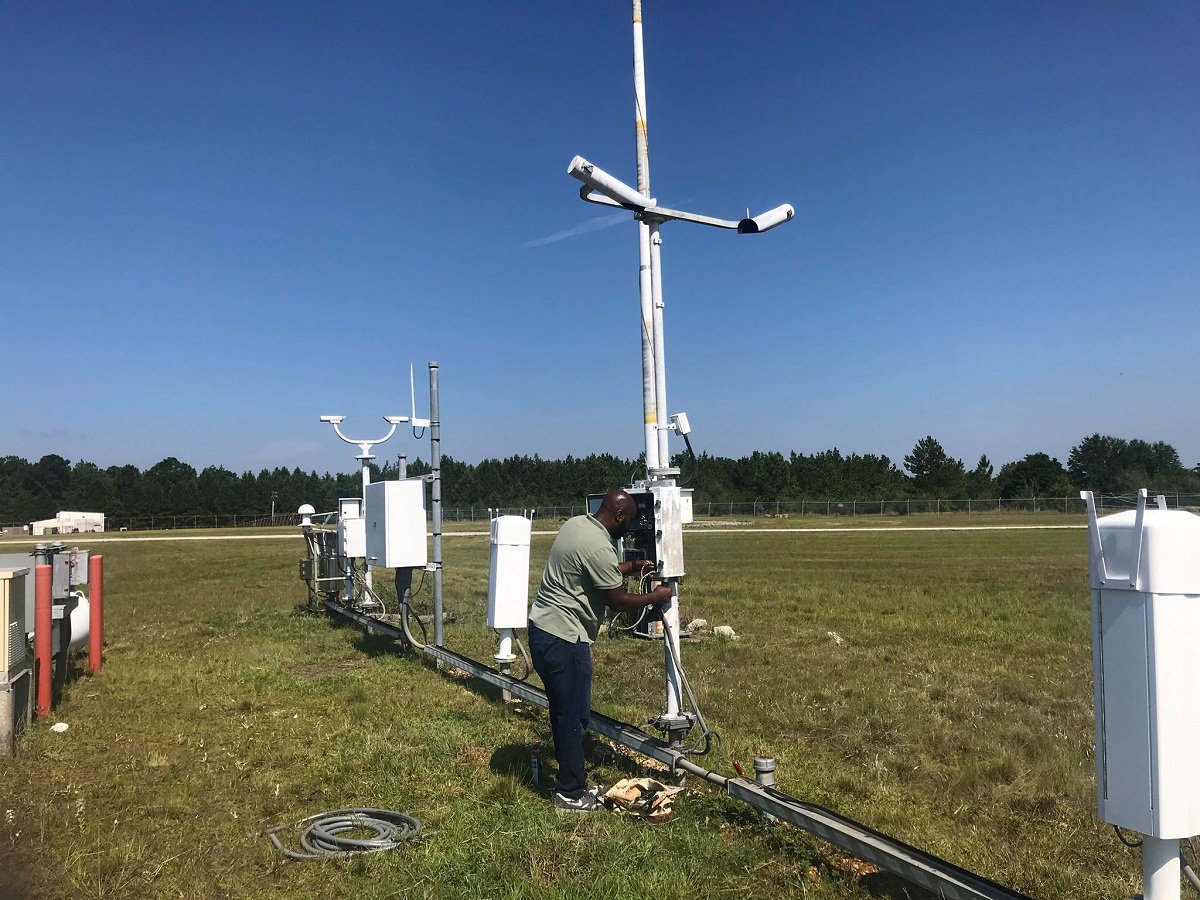
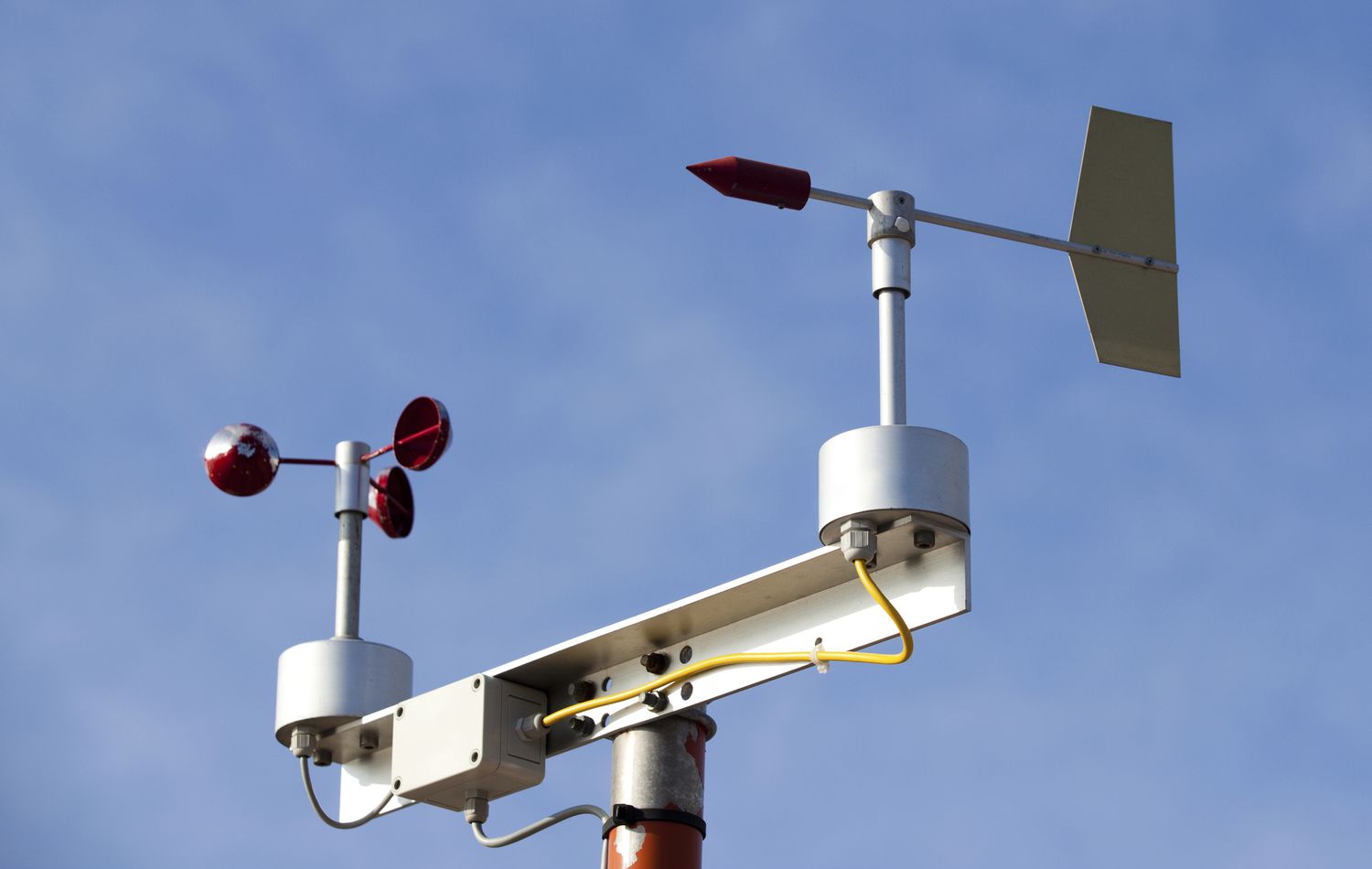
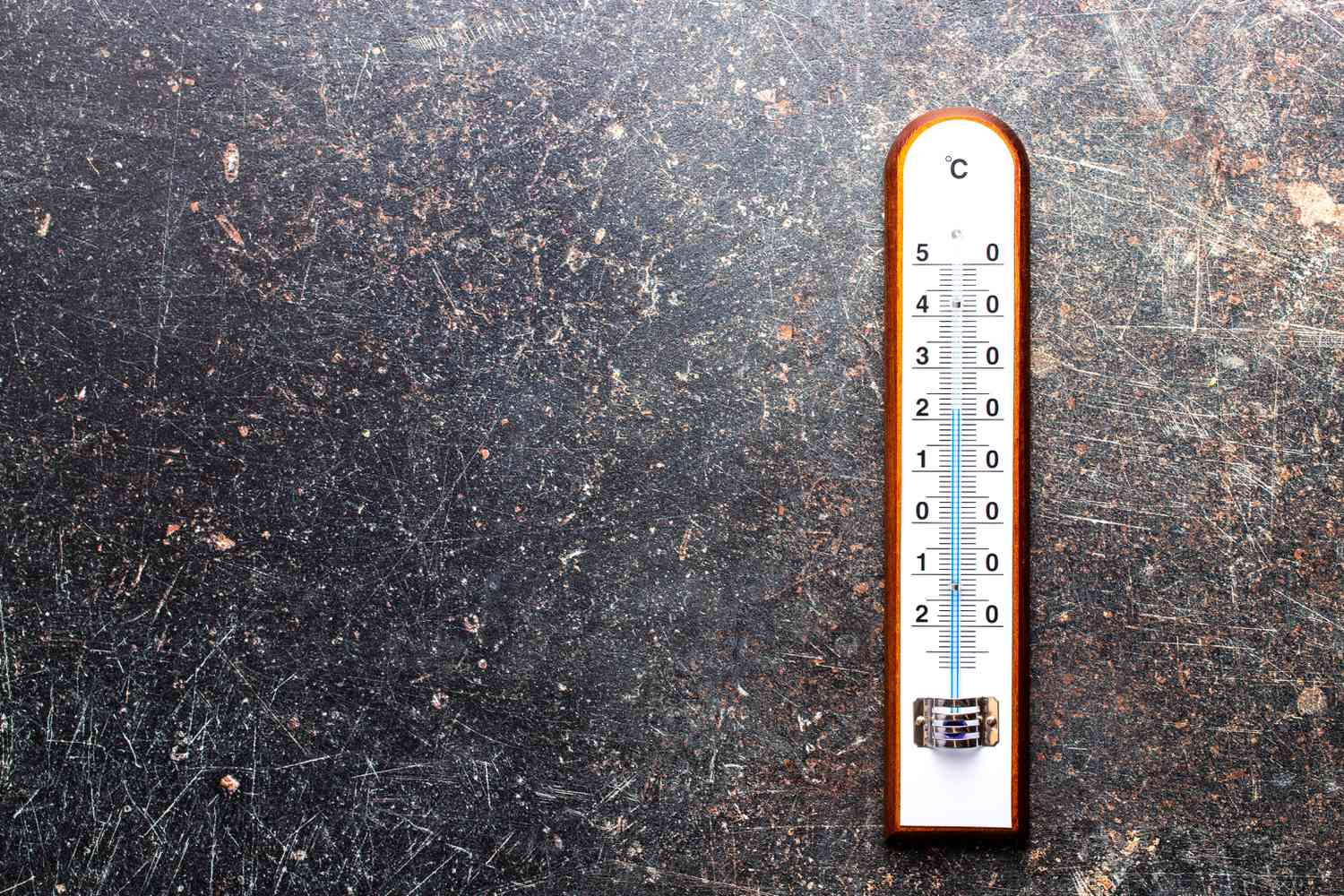
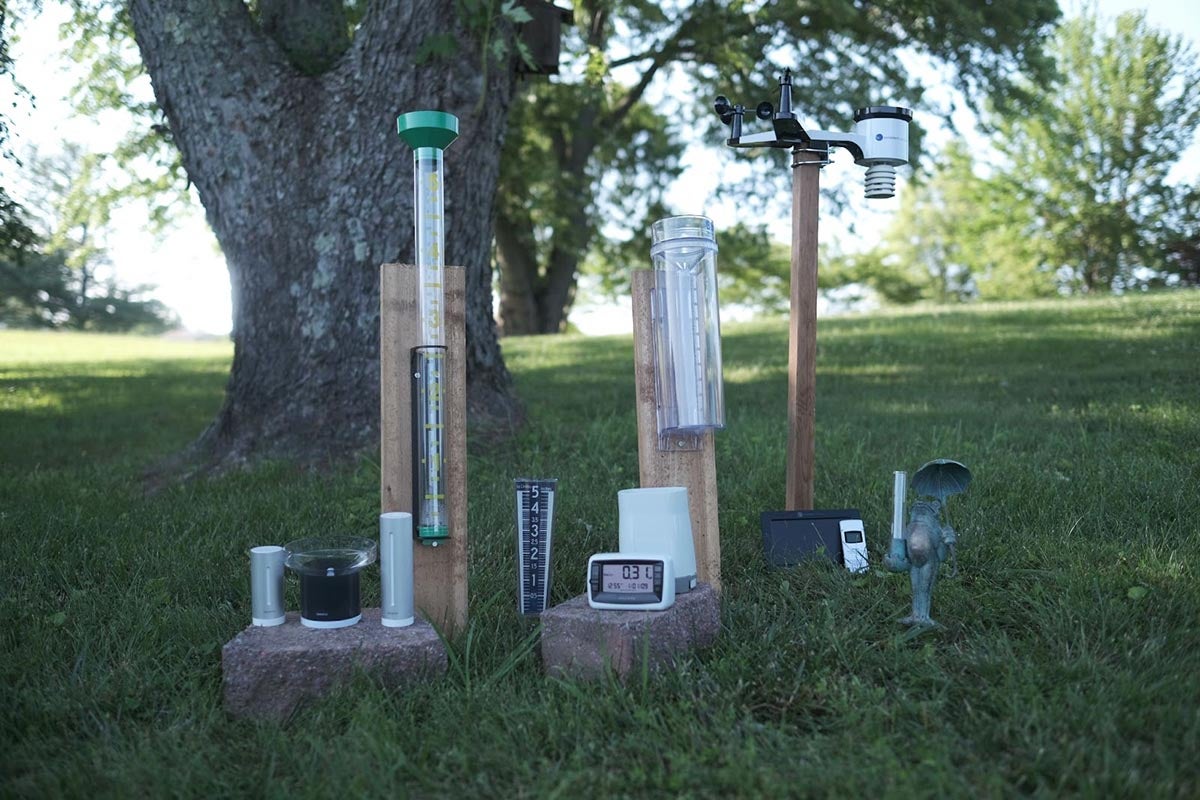
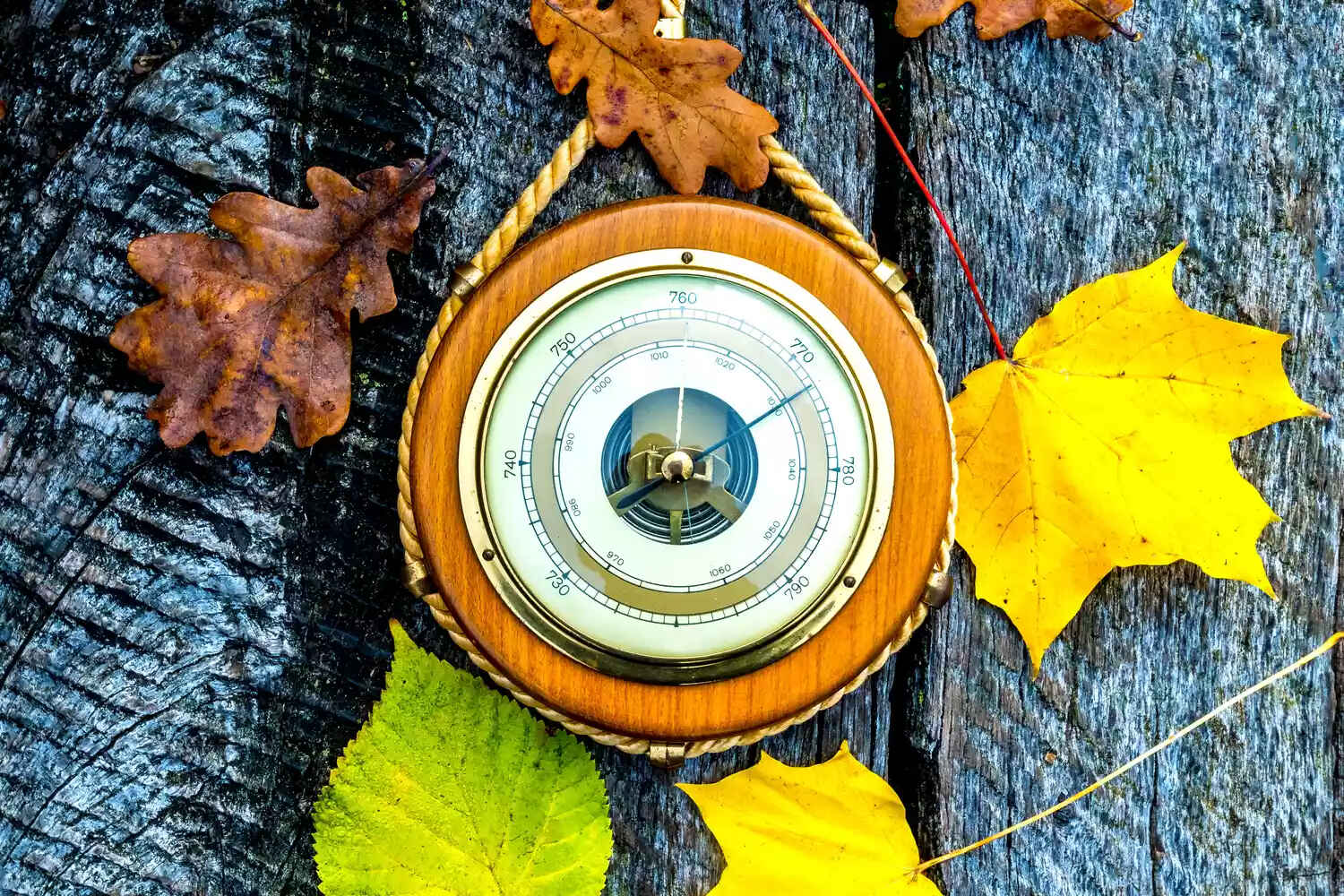
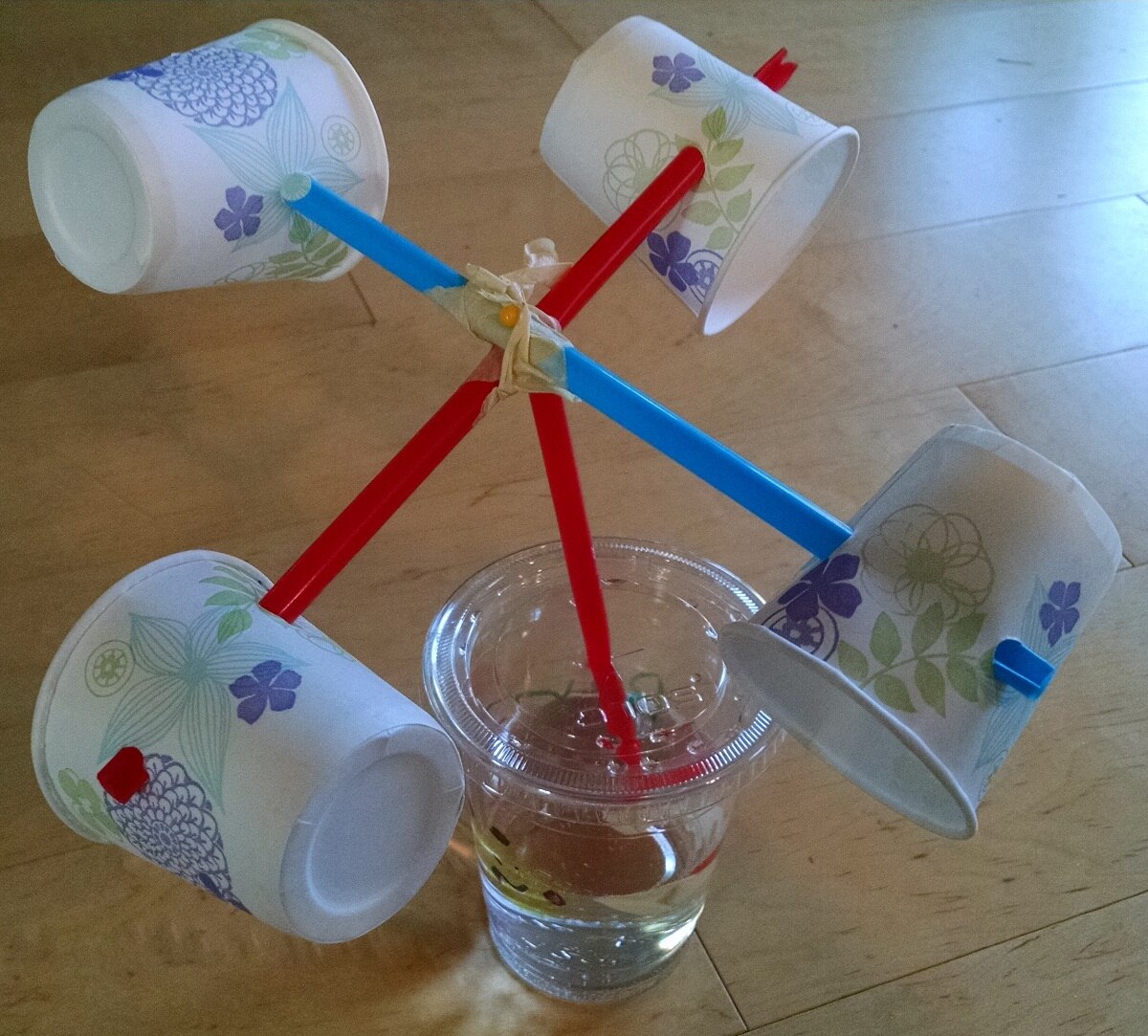
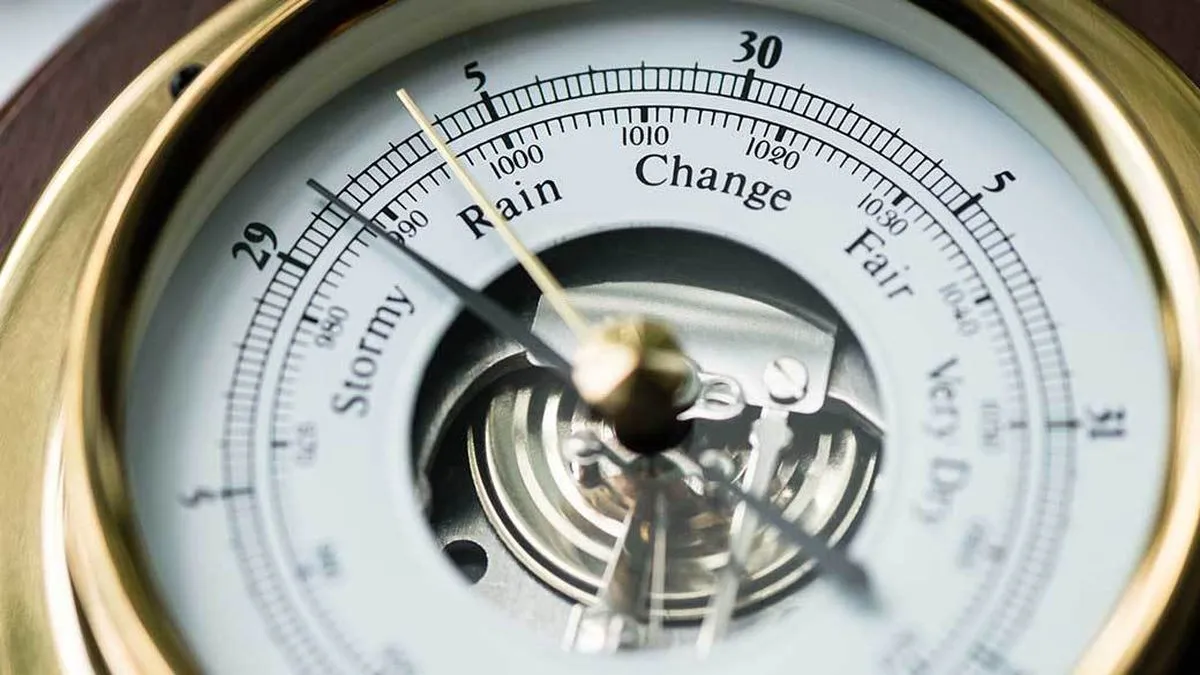
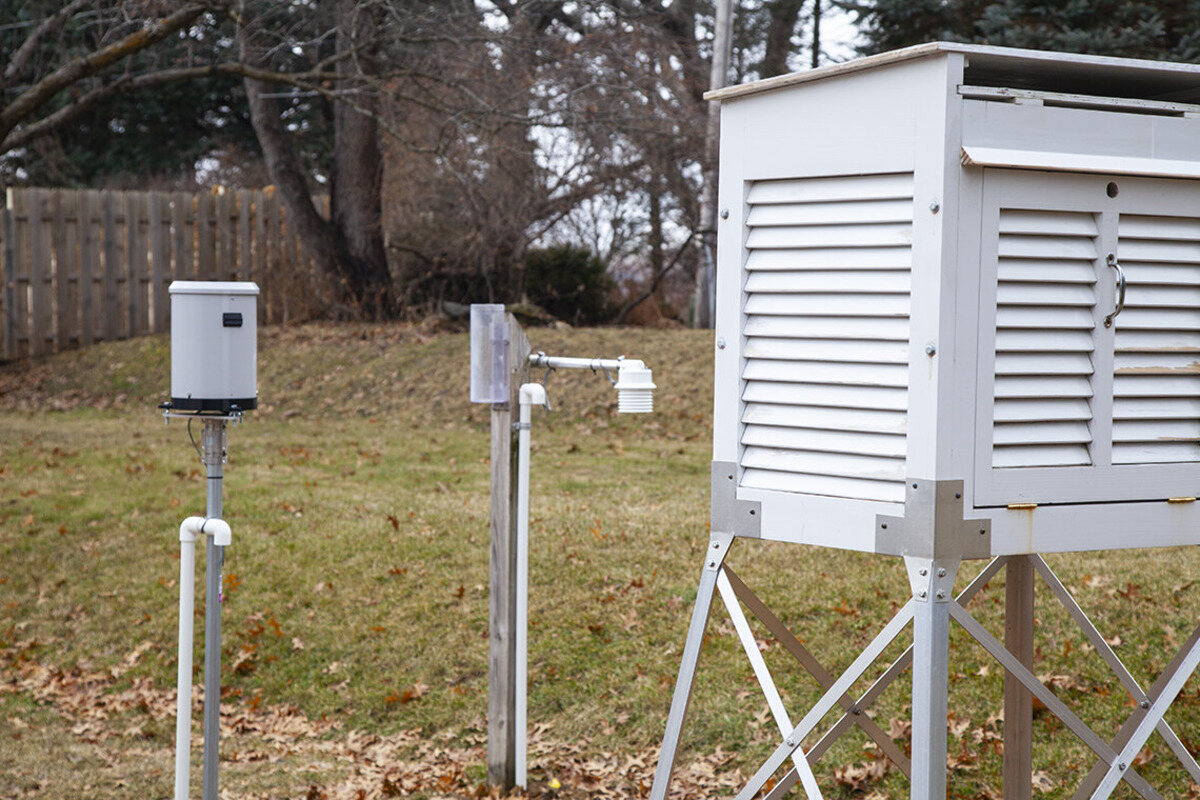
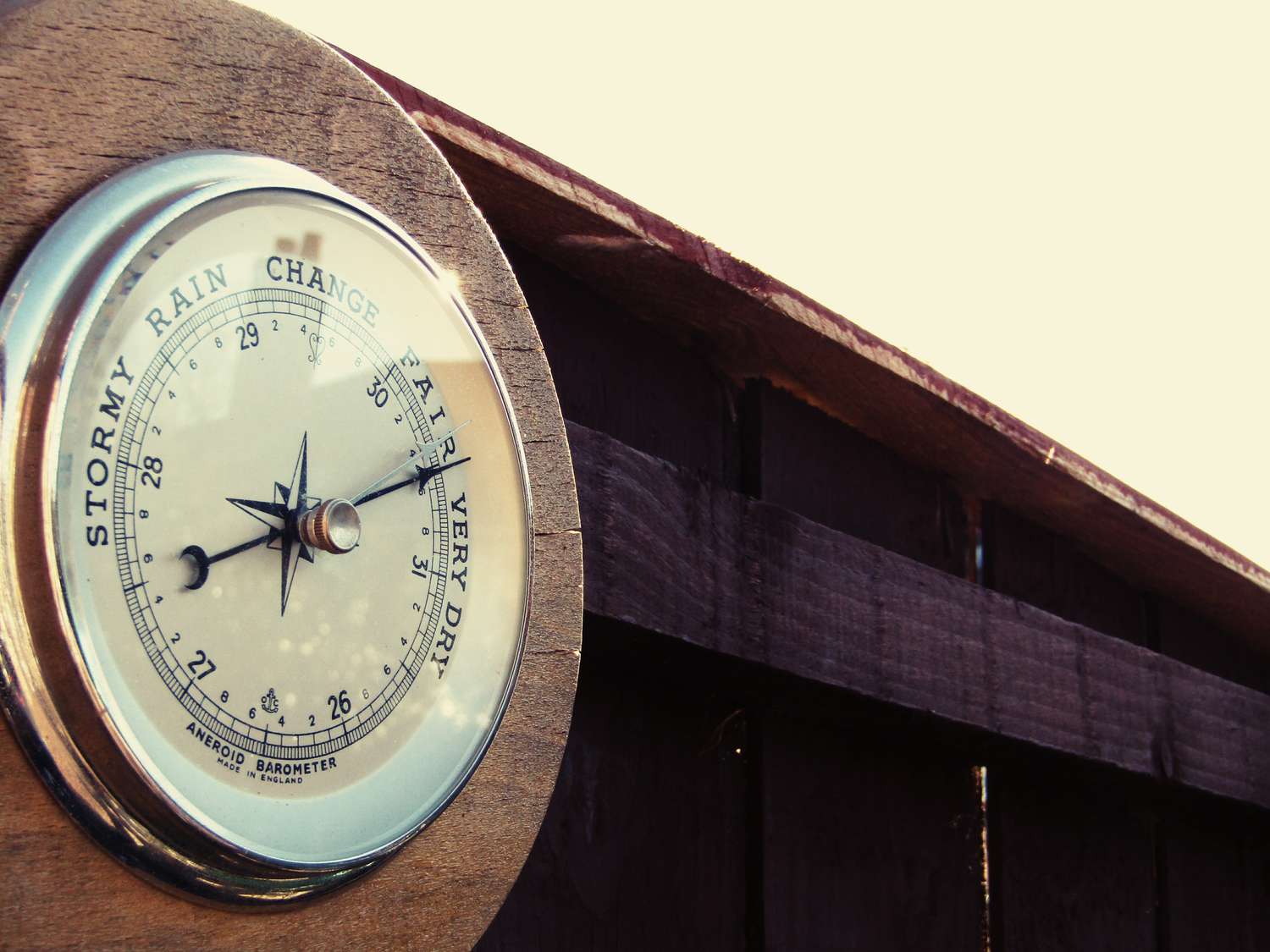
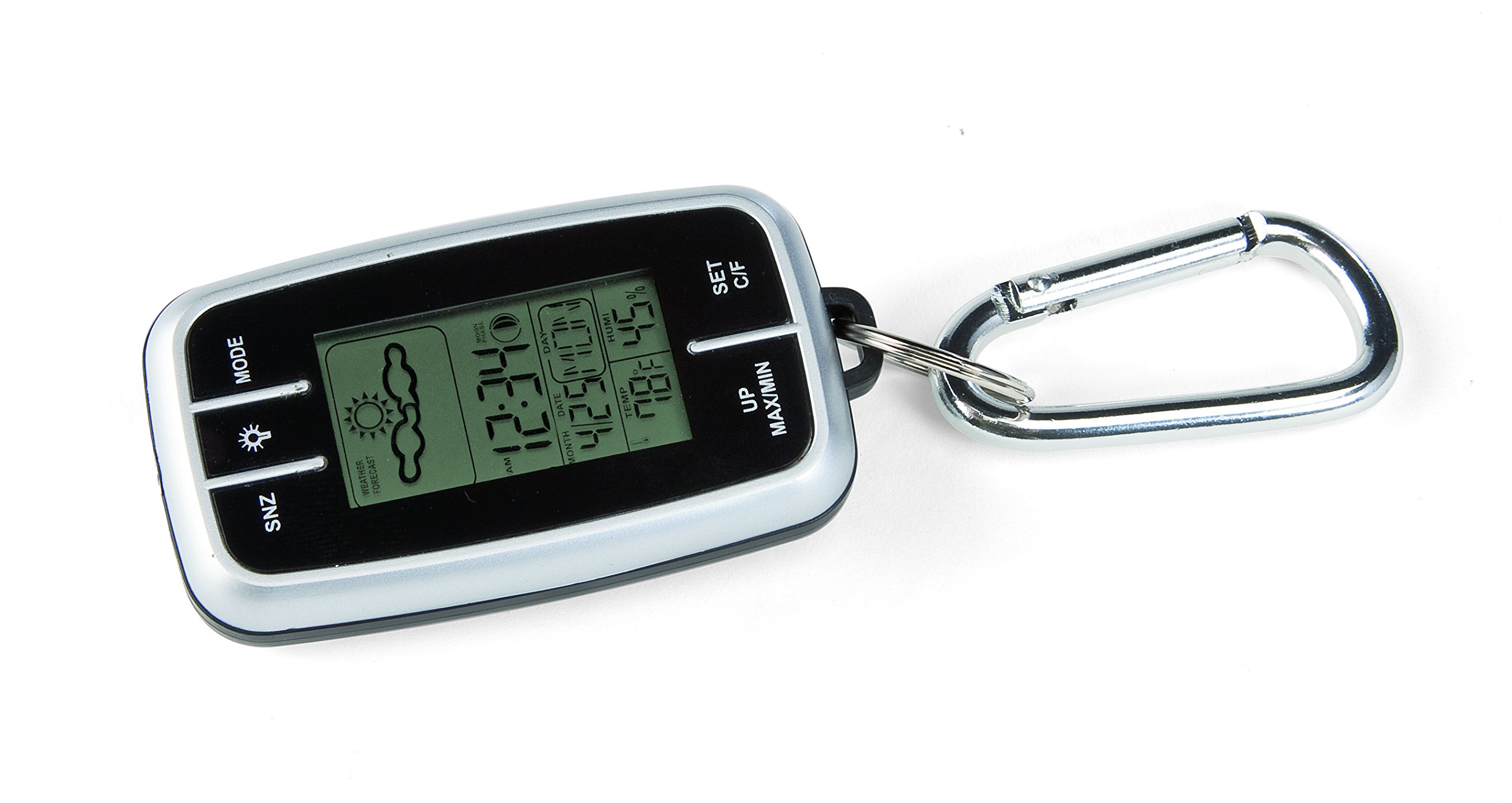
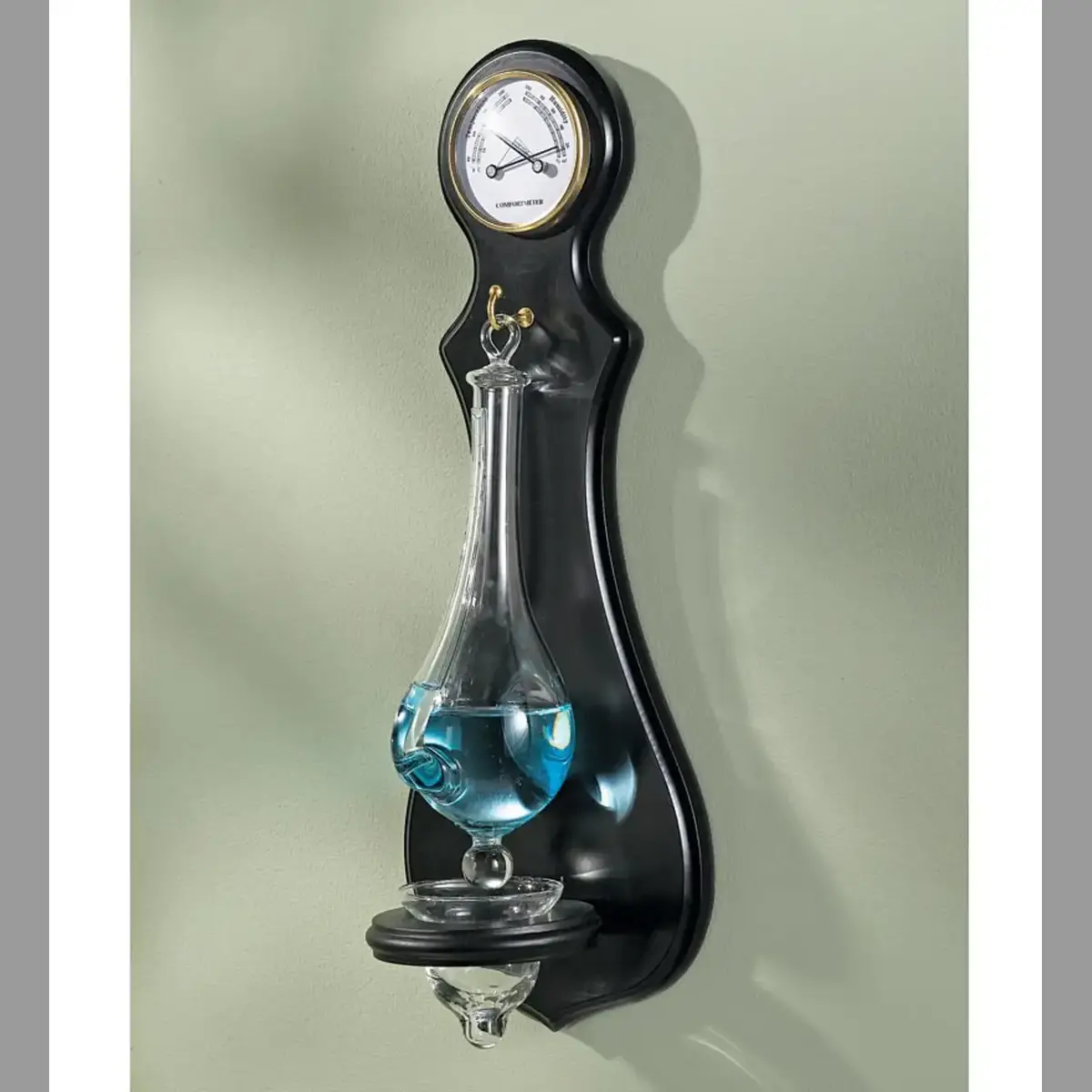

0 thoughts on “What Weather Instrument Is Used To Measure Relative Humidity And Dewpoint?”